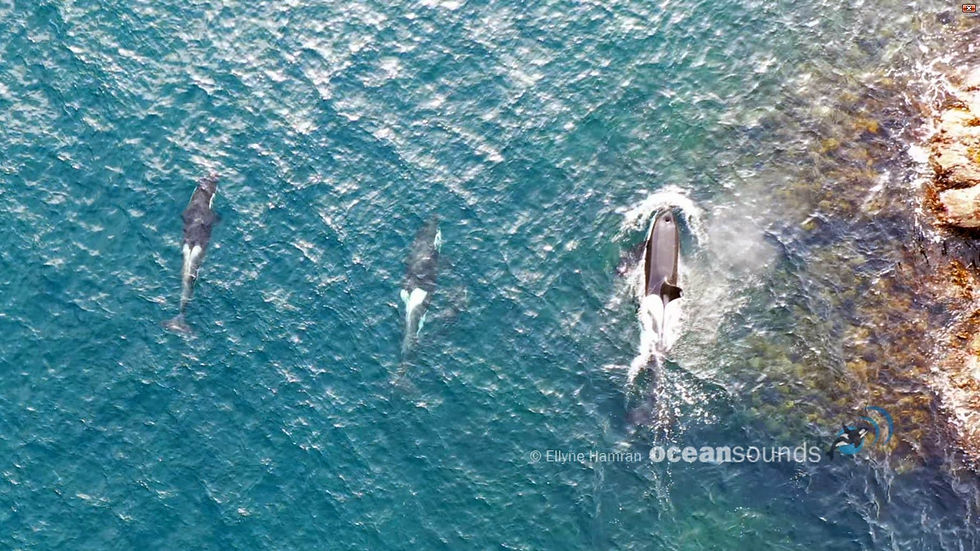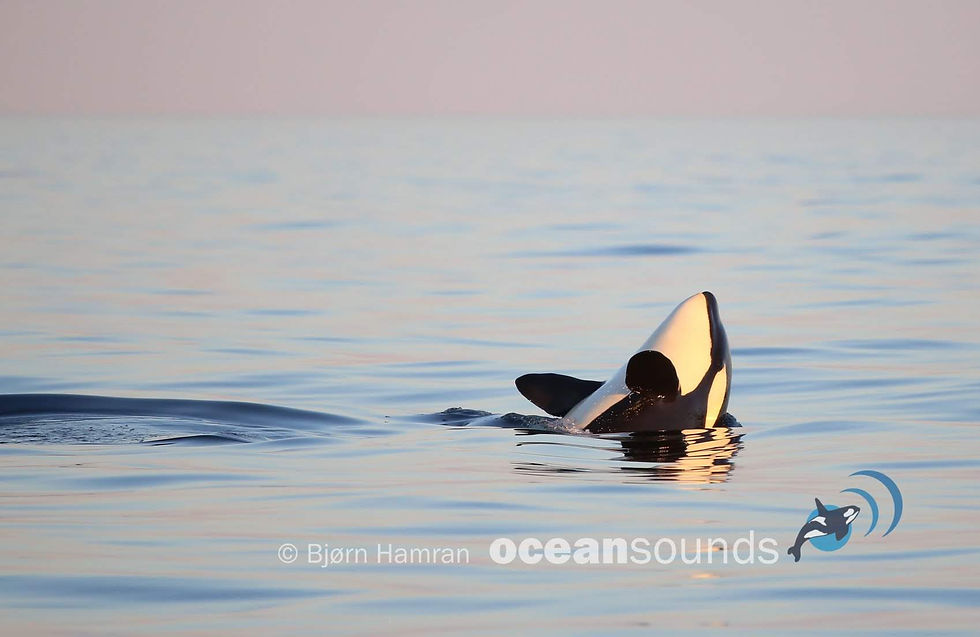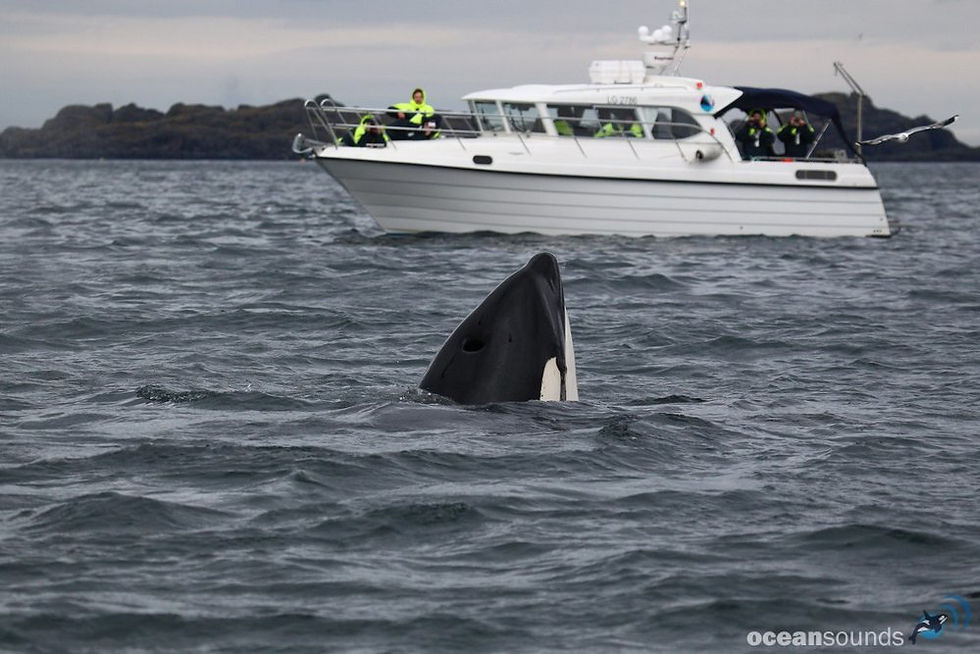
Orca Project
We are studying the vocalizations and behaviors of orcas (Orcinus Orca), or killer whales as it is commonly referred to. We are doing this to further the understanding of these magnificent predators that are at the top of the food chain in the ocean. They are actually a dolphin specie, that live in matrifocal groups and mostly feed on herring and salmon. They use a special form of foraging called carousel feeding, during which they vocalize frequently, perhaps indicating the importance of calls for the coordination of group movements. During the last 16 years human activities around killer whales have been increasing steadily, both by the whale watching and fishery industries. Due to the increase in herring fisheries, killer whales started to feed from discarded fish from fishing boats catching herring. This newly learned foraging behavior was transmitted rapidly and interaction with fishing boats is now common for most killer whale groups.
By observing them in their natural habitats we can learn more about their lives, we can follow them over the years and identify them as individuals and as a pod. We do this by passively observing and photographing them from the boat, listening to their communication with underwater high-quality microphones called hydrophones and recording them from a safe distance from above with aerial drones. All this data forms the basis for further analyzes to better understand their intricate communications and behaviors as well as their social structures and life in general. By comparing the individual markings on their bodies, specifically on the dorsal fin region, we can identify the specific individuals and groups comparing them to our extensive database collected over the years to identify them. We can track their lives over the decades and follow how their distribution changes over time.
Our goal is to understand the vocal communication of the whales during different behavioral contexts. We will investigate vocal and airborne behaviors. This includes advanced analysis of the call structures and usage of calls.
Our vocal repertoire catalog of killer whales in Norway includes recordings since 2003 that contains good recordings from over 17 different groups, which together resulted in 59 call types and 22 sub-call types and 34 different call type combinations.
A comprehensive summary of vocal repertoires of killer whales and long-finned pilot whales can be viewed in the PhD thesis of Dr. Heike Vester


















